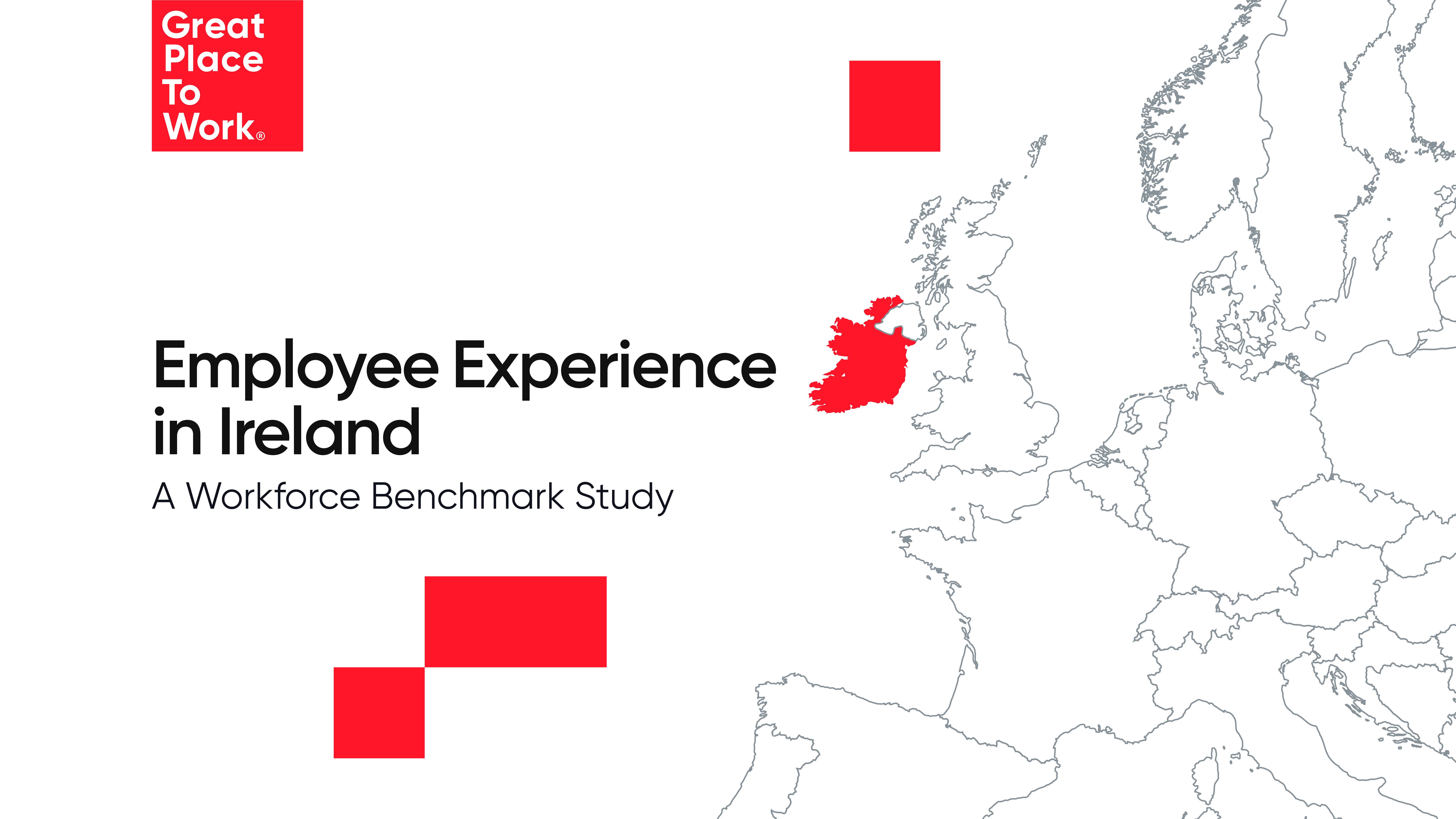A great leader doesn’t just set strategy – they inspire, build trust, and create a culture where people thrive. At Great Place to Work, we’ve seen time and again that strong leadership is the cornerstone of high-performing, innovative, and resilient organisations.
So, what does great leadership really look like? Here are four powerful principles that drive trust, performance, and sustainable success in any organisation.
1. Building & Maintaining Trust
Trust is the foundation of every great workplace. Research consistently shows that employees who trust their leaders are more engaged, motivated, and loyal. But trust isn’t given – it’s earned.
Great leaders build trust by:
-
Showing competence – demonstrating the ability to perform effectively in their role.
-
Acting with integrity – being consistent, transparent, and ethical in decision-making.
-
Genuinely caring for employees – making choices with the best interests of their people in mind.
In a hybrid and remote world, leaders can strengthen trust by being open in communication, displaying vulnerability, and ensuring consistency in their actions and messaging.
2. Leading Through Adversity
Adversity is often the greatest teacher. The best leaders understand that challenges create opportunities for growth – both personally and organisationally.
When setbacks happen, great leaders:
-
Embrace vulnerability as a pathway to learning.
-
Reflect on failures and adapt behaviours for the future.
-
Guide employees to focus on what they can control, even when external circumstances are uncertain.
This resilience not only strengthens leaders themselves, but also empowers their people to respond positively to change.
Download the latest Employee Experience report from Great Place to Work:
3. Practicing Credible Leadership
Credible leadership is about more than titles – it’s about building an environment where employees feel safe, supported, and respected.
Leaders who are credible:
-
Create a culture of psychological safety, where employees can share ideas without fear.
-
Lead with honesty, consistency, and authenticity.
-
Build trust-based cultures that attract and retain talent, even against competitors with bigger budgets.
When leaders walk the talk, credibility grows, and so does organisational success.
4. Building Authentic Connections
Employees want leaders who listen. Great leaders don’t just broadcast messages – they invite authentic feedback and act on it.
By encouraging open dialogue and responding constructively to feedback (even when it’s not positive), leaders:
-
Strengthen personal connections with staff.
-
Build stronger cultures rooted in trust.
-
Foster a sense of belonging and engagement.
This feedback loop ensures that organisations not only hear their people but grow alongside them.
Why Leadership Matters for a Great Place to Work
Leadership sets the tone for organisational culture. When leaders act with trust, resilience, credibility, and authenticity, workplaces transform into environments where people feel valued, inspired, and empowered to perform at their best.
At Great Place to Work, we partner with organisations worldwide to develop leaders who build high-trust cultures – the kind that sustain innovation, resilience, and long-term success.
Learn more about the programme in our on-demand webinar:
About Great Place to Work®
Great Place to Work® is the global authority on workplace culture. We help organisations quantify their culture and produce better business results by creating a high-trust work experience for all employees. We recognise Great Place to Work-Certified™ companies and the Best Workplaces™ in more than 60 countries.
To join the thousands of companies that have committed to building high-trust company cultures that help them attract, retain and take care of their people, contact us about getting Certified™ today.






.jpg)

.png)
.png)


.png)